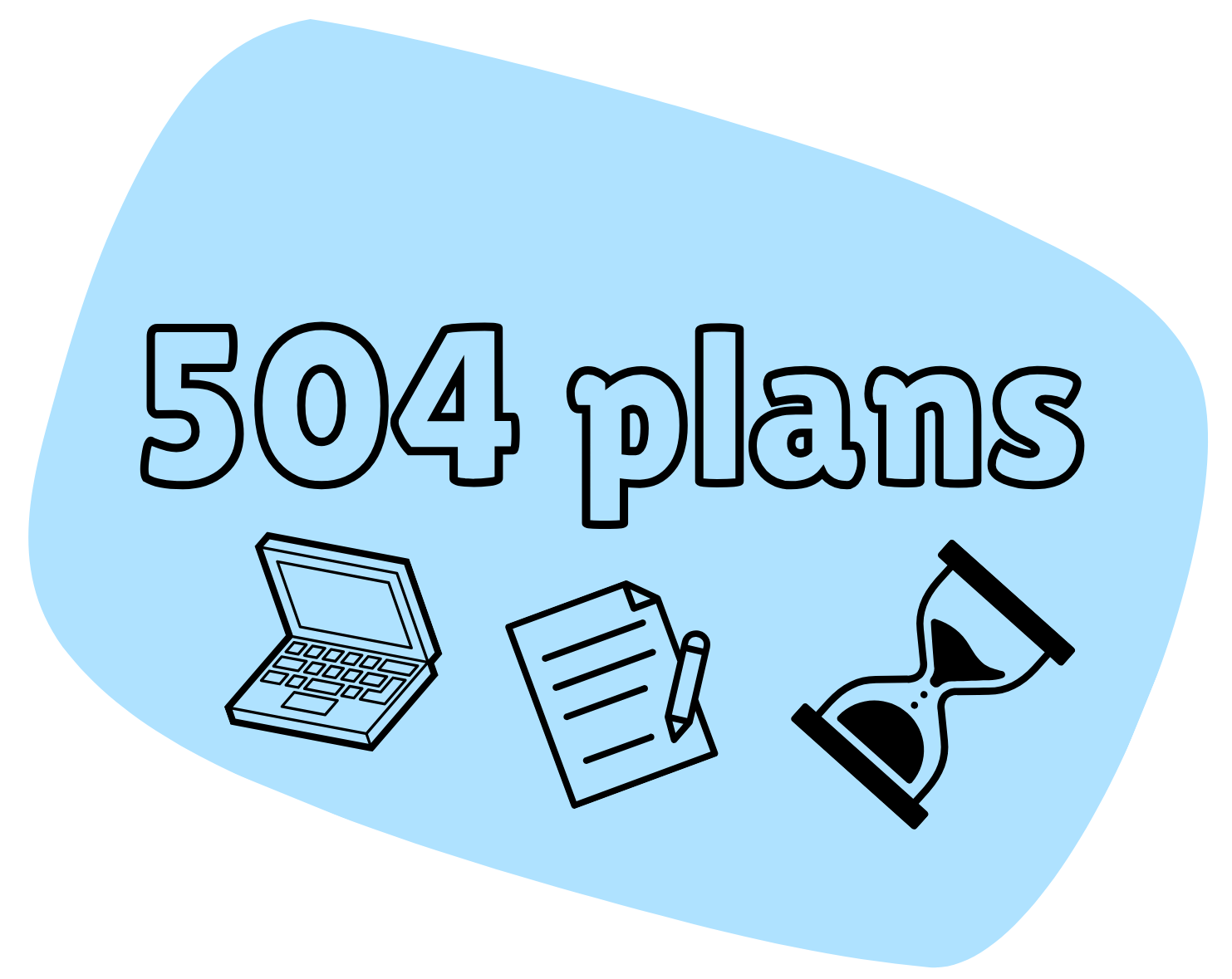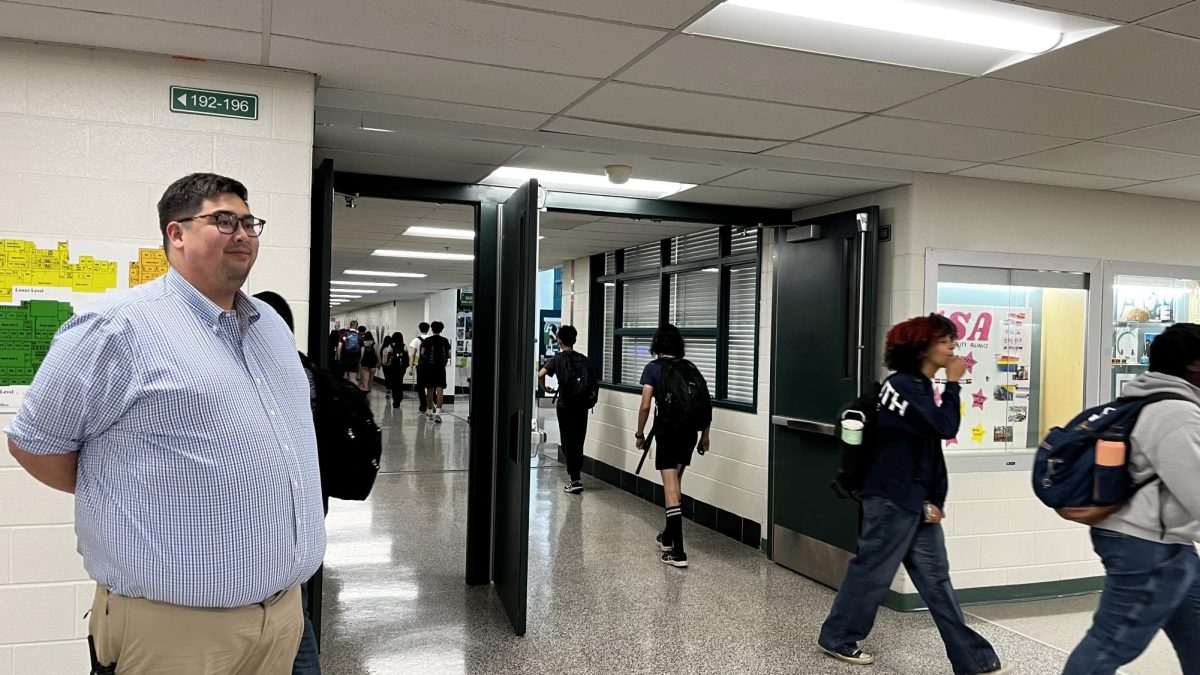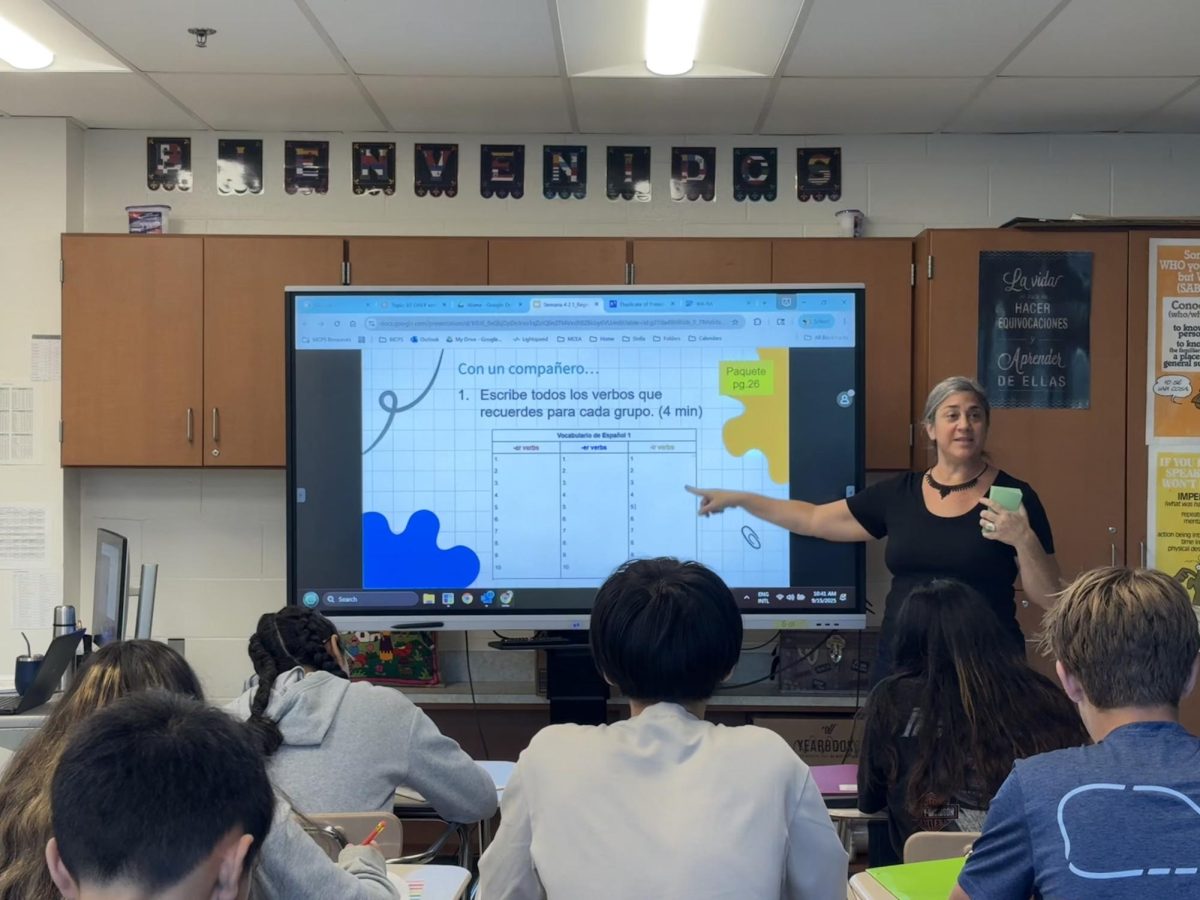The alarm rings, signaling that the testing time has come to an end. However, as some students begin to turn in their scantrons and put away their privacy folders, others remain in their seats, finishing their quizzes with the time they have left. Accommodations like these are not uncommon. According to counselor Heather Dodge, there are around 500 students with 504 plans in the school.
“WJ has one of the highest populations of students with 504s…Every counselor has about 40,” counselor Heather Dodge said.
504s are plans given to students who benefit from extra support in certain academic areas. They aim to ensure equity in the classroom environment and to make sure that each student has an opportunity to succeed. These plans often provide accommodations, methods used to support these students. Every plan is unique, created specifically to support each student.
“I have [preferential] seating, so I can choose in the classroom,” junior Luca Schaefer Fortier said. “I also have extended time.”
Although MCPS enforces the system, the parameters come from Section 504 of the Rehabilitation Act of 1973 and are regulated by the National Department of Education.
“The eligibility [for a 504 plan] is actually quite clear,” Section 504 Coordinator in MCPS, Shannon Farmer said. “It says that the child must have a physical or mental impairment, and it must be substantially limiting a major life activity as compared to their non-disabled peers.”
The process of acquiring a plan is not simple. Depending on the case, the procedure is different. Most commonly, the student will have to get a diagnosis of some sort, either from a psychiatrist (in mental health cases) or from a doctor. The student and their family will then schedule and attend an Educational Management Team (EMT) meeting. During these meetings, a student, family member, teacher, administrator and counselor gather to discuss the student’s needs.
“We schedule the meetings and then we have the discussion around the need and what is needed,” Dodge said. “If we found a student eligible, then that’s when we create a 504 plan.”
There isn’t a set line for who will or won’t receive accommodations. Each case receives unique scrutiny, although there are a few data points that must be met in order to grant a plan.
These data points are currently more restricting than they had been previously. During the COVID-19 pandemic, students were granted plans more freely. This caused a dramatic increase in accommodations, which in turn caused Montgomery County to place harsher restrictions on who was granted a plan.
“During COVID, basically any student that had a diagnosis was approved for a 504 plan, but that’s not how it should be provided,” Dodge said. “So the state and the county have pushed back in making sure that we have multiple data points to support those needs that a student may have.”
Getting accommodations may seem like an effective way to gain an advantage in school. For families with higher incomes or more resources like access to private testing, securing a plan might be much easier. This has caused an imbalance throughout the student population with 504s, with a higher percentage leaning towards more affluent families. Some argue that this has caused less wealthy students to be overlooked.
“This is where equity comes into play, just because you might have the monetary means to pay for additional support doesn’t mean that your child necessarily needs that support,” Farmer said.
For a student without a 504, it might seem like everyone around them has accommodations. Although this isn’t always the case, some classes have disproportionate numbers of students with accommodations. This sometimes leads to perceptions of unfairness or of disadvantage.
“In some classes I feel like I’m the only one [with a 504], like AP classes,” senior Cecilia Marino said. “But in some English and math classes, I have noticed that sometimes they put all of us together.”
Although the process may have its faults, there is no doubt that if used correctly, 504 plans can contribute to equity throughout the nationwide education system. In short, the system is not about gaining academic advantages, they are about ensuring that each student has the opportunity to succeed.
“We’re often thinking that it would be great, it would be a benefit, but that’s not the purpose of Section 504,” Farmer said. “If we’re talking about equity, we’re talking about [how] there are certain children that require accommodations for equal access to level the playing field as compared to their peers. Not every child requires that. Not every child with an impairment is going to qualify, nor should they, because it’s not substantially limiting.”









